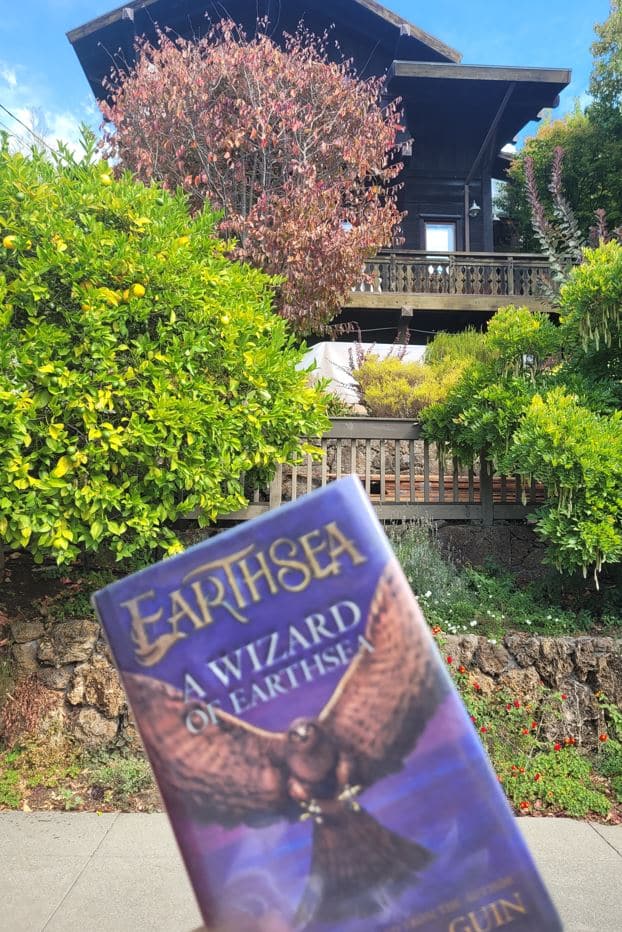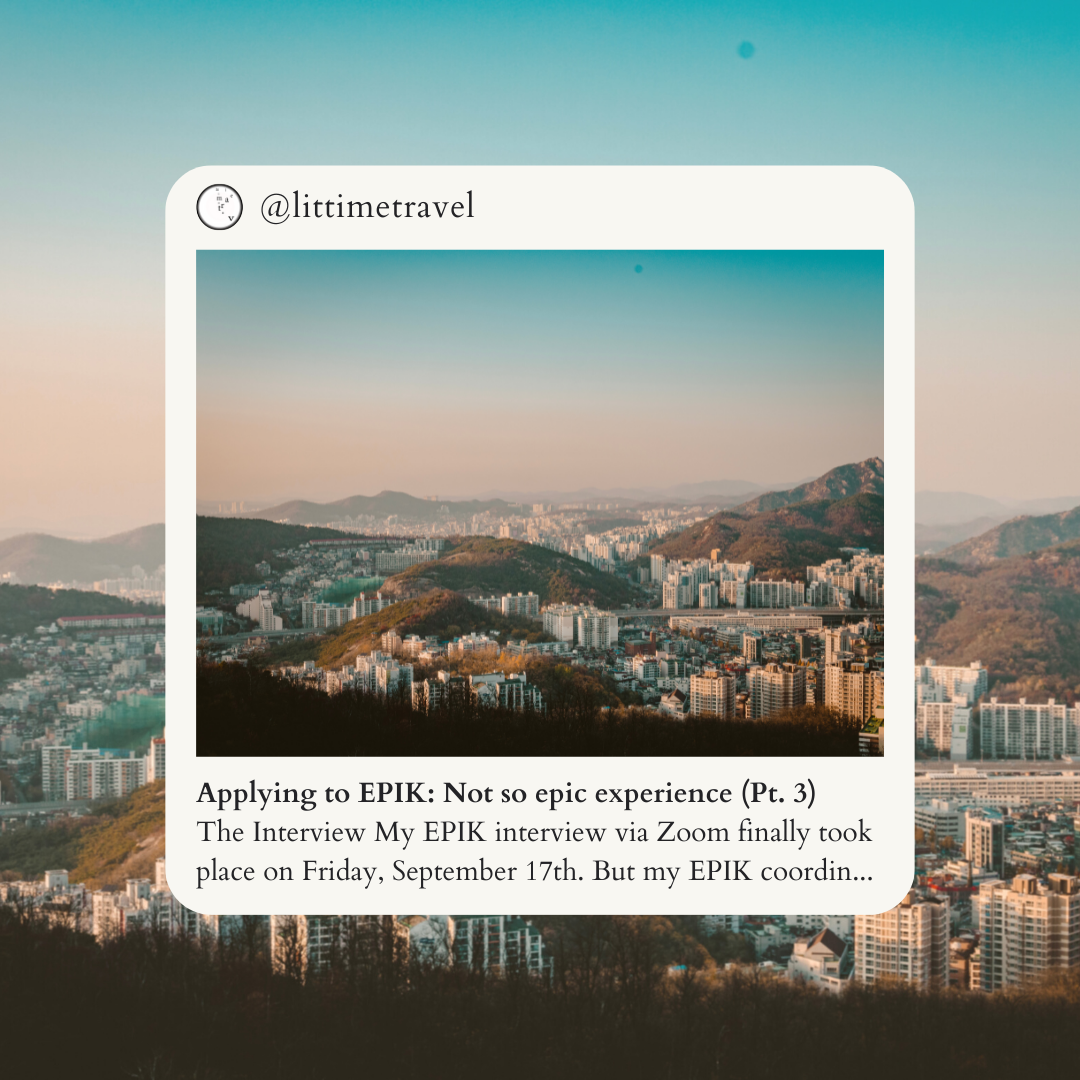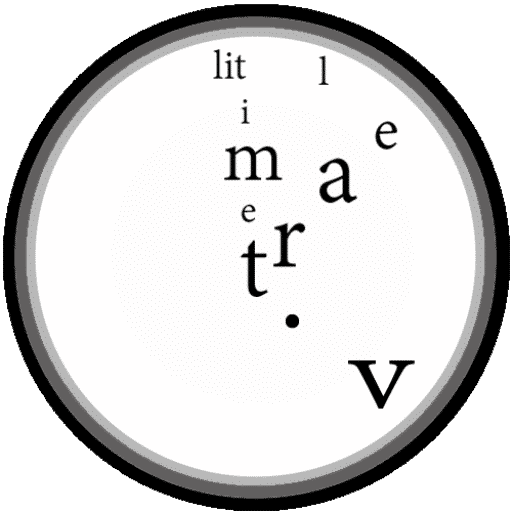

It just happened so that I read Ursula K. Le Guin’s A Wizard of Earthsea in Berkeley, the very city where the author had grown up in. And so, after finishing the wonderful fantasy novel (for the full review of A Wizard of Earthsea, click HERE), I just had to look up any place in Berkeley associated with the novel and its author. And, lo and behold, I found the address to Ursula K. Le Guin’s childhood home!

The Significance of Le Guin’s Childhood Home
The author’s old house was recently listed, I believe, at around 4 million dollars. There were articles about the house, mainly from The Sacramento Bee where you can read all about it and even view a video of the house’s interiors!
Now, one may wonder – why the big fuss over an author’s childhood home? Well, besides the obvious (that it was the home of the brilliant author who wrote the Earthsea novels), it actually seems to have played a significant role in her life and literary works. So much so that she is said to have written about the very home in an essay called, “Living in a Work of Art.”
Here’s what Le Guin said about her childhood home in Berkeley:
“If I recall my childhood, I recall that house. It is where everything happened. It is where I happened. Writing this, I wonder if much of my understanding of what a novel ought to be was taught to me, ultimately, by living in that house. If so, perhaps all my life I have been trying to rebuild it around me out of words.”
Quote from SF Gate and Lit Hub.
After coming across this quote, I simply had to visit the place myself!

Not to mention the fact that it was designed by Bernard Maybeck in 1907 – over 100 years ago! (116 years, to be exact.)
Getting There
Le Guin’s childhood home, aka the Albert Schneider House, is located at 1325 Arch Street, in a neighborhood in North Berkeley. It’s a bit far off from the famous UC Berkeley campus; it takes from 25 to 30 minutes from the campus to the house on foot:

And I must say, that it was quite a hike! 1325 Arch St was up on the hills, overlooking Berkeley and the rest of the Bay. I do not recommend visiting on a hot day!
Journey to 1325 Arch St
Alas, I happened to visit on a very hot day, so I made my way to Le Guin’s childhood home huffing and puffing like some determined fan girl. The journey was strenuous with all that upward powerwalk, but I could not contain my excitement as I got closer and closer to my desired destination.
1325 Arch St
When I finally stood in front of the actual house Le Guin had grown up and lived in, I was completely breathless.

The dark, wooden house was being worked on by some construction/repair workers who I think were fixing up the place for the new resident who had just purchased the place. I so wanted to enter the open entrance and explore within; yet, I checked myself to not trespass.

Instead I looked from out on the streets, marveling at the mystical structure that held Ursula Le Guin’s childhood memories. At the open windows and the (what appeared to be) pea trees hovering over the entrance, I wondered if those had been there when the Le Guins had called the place their home.
My Experience

To stand before the actual house felt surreal. The neighborhood was peaceful and quiet, with a few cars passing by from time to time. I half-expected there to be other tourists like myself and perhaps signs signaling the house’s ties to Le Guin, but there weren’t anything like that.
One Asian lady living across from Le Guin’s childhood home looked at me with a wary eye as I was taking way too many photos of the author’s house from all angles imaginable. It looked as if she didn’t know that the house she lived across from wasn’t just any house.
Or, maybe she did but she didn’t care for Le Guin’s works. Whichever the case, she sure is lucky! From the second floor of her own house, she could probably enjoy the view that Le Guin herself enjoyed from 1325 Arch St.
The View from 1325 Arch St

Though I haven’t had the chance to go inside, I can conjecture from the outside that the view from the top floors at 1325 Arch St would be splendid. I mean, I was able to see the Bay while walking up to the house, and despite the trees and other obstacles blocking the view, it was still delightful. I can only imagine how breathtaking the view must be from up on the second level.
According to The Spaces, there are 3 bedrooms on the second floor, with the master bedroom having “views of the Golden Gate Bridge and San Francisco from its windows and private balcony” (The Spaces Team). Yup, the view would be simply breathtaking!
Perhaps the view inspired the lands and seas of Earthsea Le Guin crafted in her works:

Around 1325 Arch St
Though there wasn’t a sign that read, “Hometown of Ursula K. Le Guin,” there were little book boxes, i.e. little free libraries that I spotted here and there. It was quite befitting for the neighborhood the Earthsea author had grown up in.



There was also this stairway in the neighborhood that led up to the Berkeley Rose Garden, a city-owned park with rose terraces and tennis courts. (The Berkeley Rose Garden requires a post of its own, so I won’t go in detail.)
Conclusion
If you also find Ursula Le Guin’s Earthsea novels to be some of the best fantasy novels ever written, then I highly recommend visiting 1325 Arch St if you’re in the area. You won’t find any signs, pamphlets or souvenirs, but you will be visiting a special place where a remarkable author had grown up in. It’s a fun quest/rewarding workout/intensive hike to go on for Earthsea fans and history buffs alike.
P.S. Upon further research, I came across the official website for Le Guin’s childhood home! Here’s the link: https://www.maybeckarchitecture.com/
P.P.S. Check out the whimsical My Coffee Roastery if you’re in Berkeley! Click HERE for the full review.







